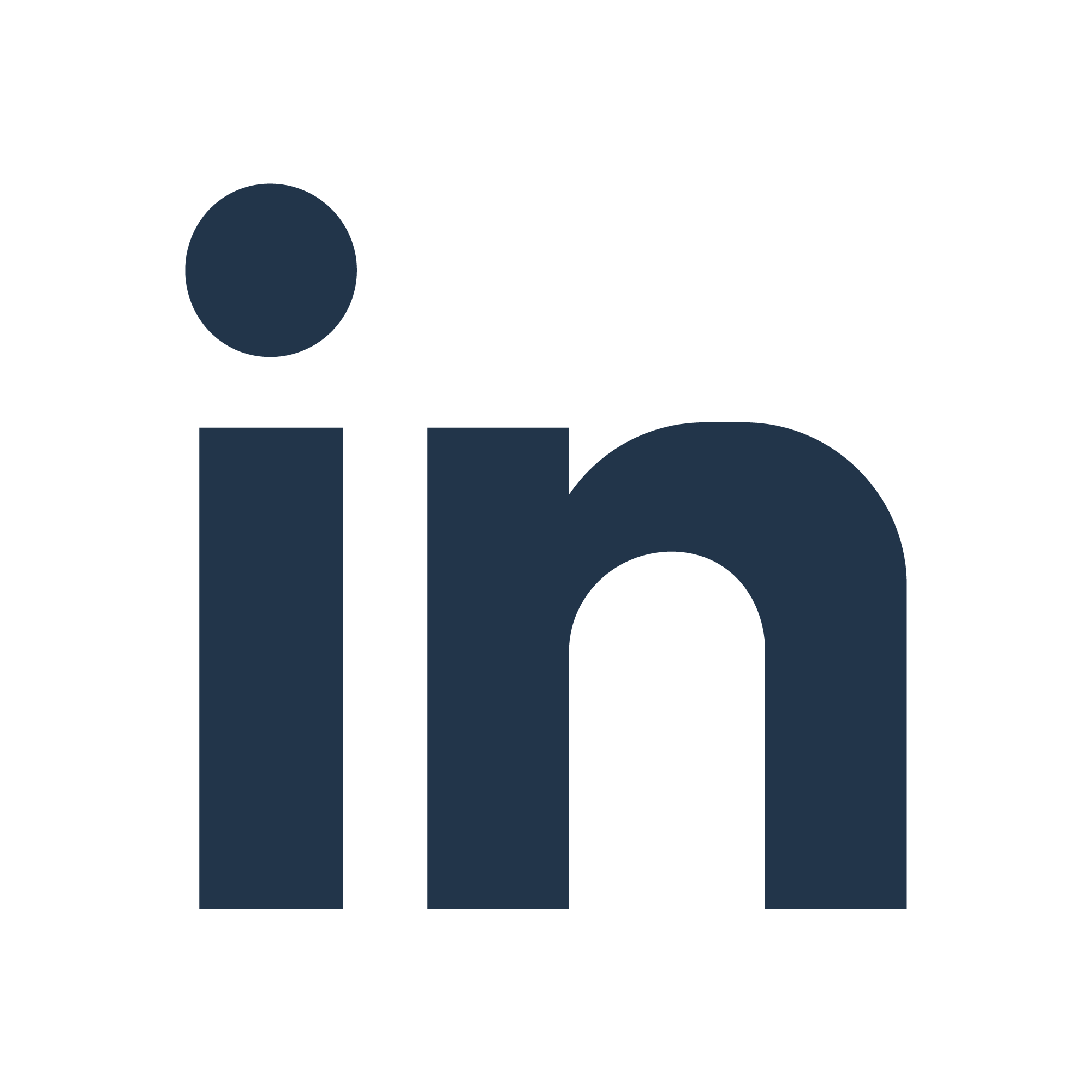10 Best Practices for Outbound Dialing Productivity

This post was originally covered in a presentation by Nima Hakimi, CEO at Convoso, and Lisa Leight, VP of Marketing at Convoso, at Contact.io 2021.
With the ever-increasing competition in the lead gen space, outbound contact centers need to be expertly managing many different factors just to keep pace.
So, what can you do to actually stay ahead, drive more top line revenue, and increase profit?
Here we’ve highlighted the top ten best practices to boost outbound dialing productivity for your call center:
- Understand your cost-per-acquisition.
It’s not enough to know your overall cost-per-acquisition (CPA). You need to understand your CPA at every level to get the full picture.
How much are you spending at the list level? At the list vendor level?
You’ll want to measure this on a regular basis and in real time, so you can correct overspending as it happens. Without robust CPA monitoring, you could be losing serious money.
- Monitor call flagging and blocking.
Thanks to carriers and third-party apps stepping up their game to combat illegal robocalling, call flagging and blocking is becoming an increasingly challenging problem these days for legit operations that have express written consent to contact consumers.
When it comes to whether or not your calls are getting through, ignorance is not bliss.
It’s essential to gain insight into which numbers are being flagged, blocked, or added to the complaints database so you don’t get caught up in litigation. Furthermore, these insights should be integrated with your dialer so that you can make decisions in real time.
- Dial smarter, not harder.
Protect your caller ID reputation by utilizing intelligent outreach strategies. Some strategies to add to your toolbox include:
- Omnichannel approach — Are you switching it up? Different outreach methods will net different results, depending on the lead. If calling isn’t working, try an SMS or a voicemail drop.
- Redial/recycle logic — Are you using automated lead follow-up to capitalize on the data? Automation allows you to choose the best follow-up depending on different data factors, like the last disposition codet.
- Vary cadences by type of leads — Do all of your cadences look the same? They shouldn’t. After all, your leads aren’t all the same. You should be using different outreach strategies for high-intent vs. low-intent leads. Use lead data to optimize your dialing strategy and script to increase conversions.
- Brand your identity.
Branding is an important aspect of marketing that extends to your outbound dialing efforts – it just looks a little different.
The best way to brand your contact marketing is by verifying your identity. Just like getting a verified blue check on Twitter, this signals to consumers that you are who you say you are, thereby increasing trust and response rate.
For calls, we suggest using Verified Calls by Google. This feature for Android phones allows businesses to display business name, logo, and reason for calling on the incoming call screen. The feature establishes trust and sets your agents up for a successful conversation.
For SMS, we suggest using Campaign Registry. Campaign Registry is a reputation authority that works with most major carriers to brand your identity and increase deliverability for text messages by adhering to the best practices as outlined by the Cellular Telecommunications Industry Association (CTIA).
- Protect your reputation.
We already touched on how crucial it is to regularly monitor call flagging and blocking. While it’s important to react to that in real time, we also recommend proactively monitoring your DIDs. To do this, you need an outbound call center management to control end set the call volume per DID, and make sure you’re using the right number of DIDs for each area.
This will greatly reduce the likelihood of your dialer getting flagged and blocked. You don’t want flagged numbers associated with your business, so you’ll also want to automatically replace and/or rotate DIDs to avoid this.
- Understand and account for STIR/SHAKEN standards.
According to the Federal Communications Commission (FCC), “STIR/SHAKEN are acronyms for the Secure Telephone Identity Revisited (STIR) and Signature-based Handling of Asserted Information Using toKENs (SHAKEN) standards.”
Essentially, STIR/SHAKEN allows carriers to verify the legitimacy of your caller ID and ensure that the consumer receiving your call is actually seeing the correct number displayed.
What does that mean for your business?
Compliant-minded businesses need to ensure that their calls are being signed with A-level attestation for best reception. Check with your software provider to make sure they’re set up to provide you with this.
- Personalize your pitch with dynamic scripting.
Personalization is one of the best tools in the modern outreach marketer’s toolkit – and we’re not just talking about saying the consumer’s name at the beginning of the call, although that’s certainly a nice touch.
With all the lead data available to you, you need to be leveraging dynamic scripting. This allows you to personalize conversations based on lead data so that your agents aren’t just reciting a generic script.
Not only will dynamic scripting reduce training costs and times, it’s also an excellent tool to support compliance. These days, having the ability to script for special language or disclosures required by state or region is imperative for staying compliant.
- Maximize your agents’ time.
It’s the unfortunate truth that the majority of calls are now going to answering machines, which is a waste of your agents’ time and your money.
You can avoid some of that loss by ensuring maximum accuracy in answering machine detection. Doing so will minimize unproductive time, reduce your CPAs, and improve agent moral and engagement. No one likes talking to a voicemail. It’s also important to keep your agents from getting rusty talking to machines all day instead of real consumers.
- Act quickly to beat the competition.
In the contact industry, speed to lead is essential. Studies show that conversion rates and follow-up times are inversely related, meaning the less time between when your lead fills out your form and when your agent calls them, the better.
Make sure your system is set up so that the high-intent and competitive leads go to the front of the queue.
- Quickly adapt to changing regulations.
You didn’t think we’d forget to mention the TCPA, did you?
As an outbound call center, compliance is key. Unfortunately, it can be tricky to keep up with all the rules and regulations, especially as they keep changing.
To save yourself the headache (and potential legal ramifications), make sure you have the technology, solutions, teams, and advisors in place to help you stay ahead of the curve. A few of the things to stay up to date on include:
- Call-time restrictions, e.g., “sellers may not call consumers between the hours of 8pm and 8am, consumer’s local time.”
- Restrictions on the number of calls you can make per time period.
- An excellent example of this is the restrictions put in place by the Florida “Mini-TCPA.” You need to be able to assign your Florida numbers to lists that will follow the policies outlined by that new legislation to ensure that your system is not calling Florida residents more than three times within any 24-hour period.
- Required disclosures for your telesales agents that differ state by state.
- Scrubbing against the Do Not Call (DNC) list.
We know that it can be difficult to stay ahead in the world of outbound dialing, especially for the compliant-minded businesses who aren’t trying to cut corners or toe the line. However, if you follow these ten best practices, you’re well on your way to increasing your productivity and beating the competition.
To learn more about how ActiveProspect’s solutions can help you further protect against TCPA litigation and optimize your lead generation and outreach, click here.
For more information about how Convoso can help outbound call like yours, visit www.convoso.com.





